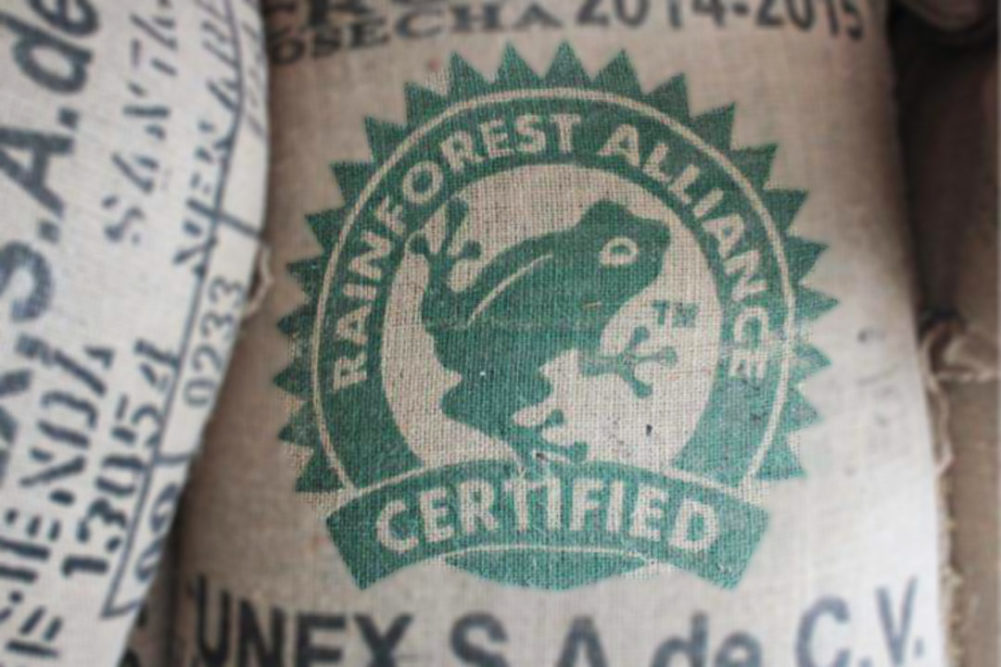KANSAS CITY, MO. — From the Rainforest Alliance’s frog icon to the recently debuted upcycled certification seal, a growing number of sustainability certifications are showing up on product labels.
A roundtable discussion at the Institute of Food Technologists’ FIRST virtual conference explored how those certifications are driving purchasing decisions at every level.
Data from Burlington, Vt.-based 1% for the Planet suggests younger consumers may be more aware of sustainability certifications. In a 2020 brand awareness survey, it found one in three Americans had heard of the organization, which requires certified companies to donate at least 1% of their annual sales to environmental causes.
“For the 18- to 24-year-old demographic, that was 50%,” said Amanda Oenbring, associate director of regional business membership at 1% for the Planet. “Within that demographic, over 50% said if they saw the logo, it would positively impact their purchasing decision. That younger generation is really leading the way with voting with their dollars.”
It isn’t just consumers that are swayed by sustainability certifications. Distributors and retailers also are driving demand, said Ben Gray, chief operating officer at the Denver-based Upcycled Food Association.
“We’ve actually been hearing from retailers who want to be able to say they’re helping consumers with some of these solutions,” he said.
Demand also is being driven by brands, added Alex Morgan, chief markets and global officer at The Rainforest Alliance. The New York-based organization certifies products that are sourced from farmers meeting various social, economic and environmental requirements.
“We see brands driving a lot of their strategies around sustainability and sourcing commitments not necessarily because of consumers, but because in today’s global environment — with climate change, with a growing population, with scarcity of resources — larger companies see the writing on the wall for their supply chain,” Morgan said. “You’ve got this growth in consumer demand combined with the corporate social responsibility lens of retailers, and then brands are kind of clamoring in the middle trying to figure out where their wheat is going to come from or where their cocoa is going to come from in the future.”
With demand driven by a variety of stakeholders, a key question is how standards for sustainability certifications are set and who gets to set them.
The Upcycled Food Association collaborated with multiple sources, including researchers, non-profit groups and members of the upcycled food industry, to create its standards. It also took input from sources that represented consumers and needed to see the certification as rigorous, Gray said.
“It’s really important to get that consumer trust at the outset,” he said. “Some of the challenges are balancing that rigor with what is reasonable or feasible within the industry right now.”
Along with establishing consumer trust, the ability to be agile and evolve over time is key to setting meaningful standards, said Joe Dickson, co-founder and head of quality at Merryfield. The Boston-based product discovery and rewards platform helps shoppers find products that meet specific sustainability standards.
He pointed to the USDA Organic seal as an example.
“The government took over that standard and gave it a lot of rigor, credibility and enforcement, but it also tied up the definition of organic in the workings of bureaucracy,” Dickson said. “There have been so many recommendations and consensus positions from the industry being regulated to evolve, enhance and deepen the organic standard that just haven’t been implemented by the USDA because of the way they approach regulation… Now it’s at this critical juncture where consumer confidence is starting to wane because it hasn’t been able to adapt and evolve.”


